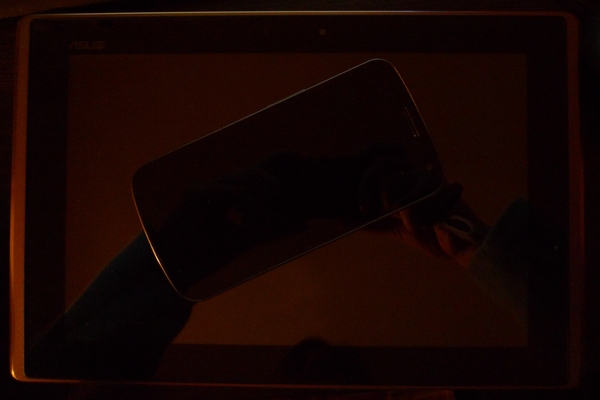Disclaimer: This is a post in which I really am thinking aloud. OK, not really aloud, unless you’re using a screen reader, and of course at that point, when you’re hearing it, I’m not thinking it anymore…but I digress. I’m not an expert on this topic so I may be missing the most salient arguments. Just be glad I’m not posting the entirety of process that got me to this point. Also: This post may be boring. Hmm, I probably shouldn’t include that disclaimer here, or I will start to feel like I have to put it at the top of everything I post. OK, feel free to start reading. Or not, if you think it’s going to be boring. As you wish.
When I read Wil Wheaton’s Google is making a huge and annoying mistake blog post, about Google rolling out a requirement that YouTube users “upgrade” to Google Plus accounts to continue rating videos, I was a bit bemused.
My initial reaction was to ask how Google could possibly avoid linking its services and the user data that go with them. If Facebook and Apple already link all their data, then can Google afford not to? Wouldn’t it be bowing out of the competition to serve the most lucratively-targeted ads? Wouldn’t that be tantamount to suicide? Google’s thing is ads.
Presumably they can’t just “upgrade” everyone’s “YouTube” accounts to “G+” ones that they can use for posting comments and +1-ing stuff all over the web if they want, because G+ requires you to give them more information.
And this is where I realize the obvious: linking YouTube to G+ brings the nymwars to YouTube. (This is, in my opinion, a great post on the nymwars).
As long as G+ is just a sort of “completely optional” social network, terms like requiring a “real name” that uniquely identifies the user simply make it less attractive to those who can’t afford to be identified (this, for instance, via Making Light).
Requiring the G+ identity’s “real name” to upload to YouTube surely conflicts with Larry Page’s boast (in his 2012 Update from the CEO) that YouTube “enables an activist in Syria to broadcast globally.” Unless he’s deliberately chosen as an example an activist for whom it’s safe for everybody to know who she/he is.
But from his same statement, I get the idea that not only does Page want a “beautifully simple experience across Google,†but that he’s now deeply invested in the idea of clearing out all our web personae from Google services (or worse, sorting and collating them) and making Google the definitive source of info on people. Applying behavioural data, so valuable in targeting ads, to searches for people. Annnnd … becoming an authoritative verifier of identity (via)?
I don’t have any new insight on the nymwars, but I’ll put in two cents on one aspect: the fact that Bradley Horowitz so trivialized the concerns of users over the G+ “real names” policy, pretending it’s an issue with the “signup completion” process and happily proclaiming that the majority of the problem is sorted because a nickname can now be added to a G+ profile, sends a chill down my spine. If Google is up to something it doesn’t want its users to notice, well, the best course is probably to continue to try to deflect the questions just like that.
At any rate there’s a pretty fundamental clash arising between the way people use the web and the terms on which Google plans to allow us to use its services.
The price of Google’s services is going up.* The changeover is going to be pretty disruptive for content producers on YouTube who, like Wil Wheaton, have a stake in likes or subscriptions.
As for whether the brand can afford the move to consolidate all its users into G+ entities, I don’t know. Can annoyed users, including influential ones like Wheaton and Neil Gaiman, affect the course Google has plotted? Will Google services just become so uncomfortable that they start to shed users? Or will it be a storm in a teacup until enough of us are acclimatized to the warmer water in our fishbowls (the two metaphors don’t – intentionally, at least – refer to each other in some clever way – unfortunately).
As for whether Google can afford not to make the move, I wonder that too. What revenue model can Google turn to in the near term if it chooses to ease off on a core strength (acquisition and analysis of user data) and let Apple and Facebook outdo it in advertising?
The landscape can change fast through the jockeying of competitors for position (heh, more mixing of metaphors). If Apple decides to compete with YouTube, users of this service will have to create an account with Apple, if they don’t already have one, and there they’ll be, inside Apple’s garden, and Apple will know who they are.
Are there more creative, more disruptive (in that new, positive way) paths Google should be plotting? Are they plotting them, while I’m distracted by the old-fashioned negative disruption they seem to be effecting on their old properties? I’ll be interested to see how it unfolds.
*It’s been said many times that if we’re not paying for a service, then we are not the customer; we are the product. But that’s an incomplete picture, since we do pay for these services with our data, which is in our possession before we hand it to the providers. I’m sure that’s been said many times too.







